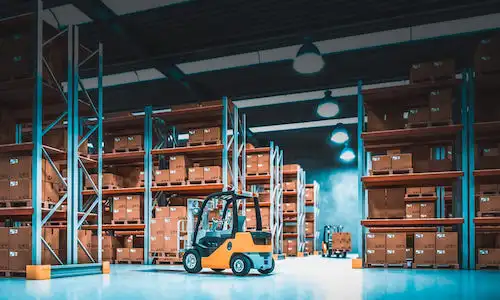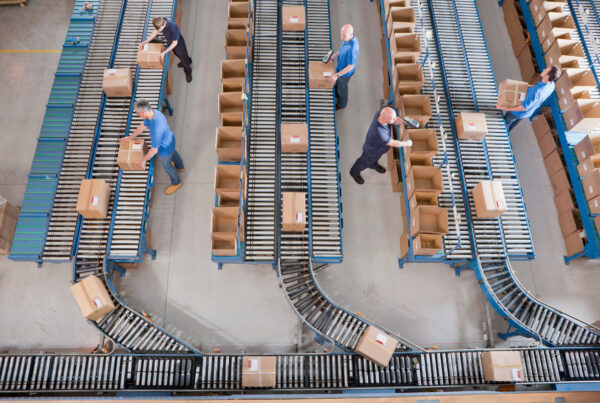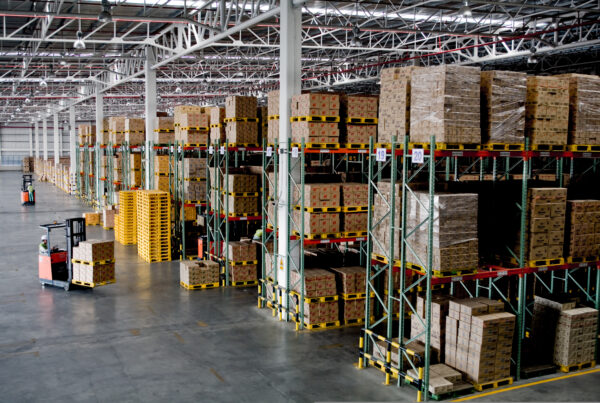Today, if you’re staying put – not moving, not improving, not evolving – then you’re inviting extinction. Your competitors, your peers, are always on the move. That’s how they stay competitive — leveraging today’s tech, today’s research, and today’s architecture to optimize their metrics. Allowing them to reduce cost, be more efficient, have better quality services, and scale up in a matter of days. Continuous improvements in warehouse processes and operations are a guarantee of its long-term success and profitability — it is important to know the key activities to improve first and where to funnel your investments. Let’s look at some warehouse improvement ideas.
Why follow a continuous improvement process in a warehouse?
Warehouses are key parts of organizations’ supply chains, which means that they have a huge impact on their bottom line. To make sure that their centers are as efficient as possible, companies need to continuously improve their processes, activities, and operations.
Here are some reasons why you should always care about warehouse process improvement:
- To ensure that they can meet customer expectations
- To keep up with new technologies
- To keep up with competitors
- To reduce costs
- To reduce time-to-market
With the help of warehouse robots, workers can focus on tasks that require creativity and intelligence. One of the biggest paradigm shifts, right now, moving warehouse metrics is automation.
Warehouse automation is a trend that is picking up speed. With the help of warehouse robots, drones, software and AI managers can optimize their operations — funneling workers where they are needed and mitigating risks and errors in order fulfillment. This allows them to have a more efficient and productive work environment — which ultimately leads to increased profits.
These automation services and warehouse improvement ideas can be applied to all types of businesses and centers.

A distribution center is a facility where goods from the production line are stored and then sent to customers. Goods may be sorted in what is known as a warehouse before being sent to the customer. A distribution center provides an efficient way for goods to be distributed to consumers across the country, and these centers must be well organized so that there are no delays in this process. With the use of software and other autonomous services, distribution centers can scale up their operations. They can become faster, more dynamic, and use every inch of space.
Meanwhile a production warehouse — are places where products are manufactured and stored before they are shipped to retailers. Production warehouses can be broken down into two main categories: finished goods and raw materials. Finished goods warehouses store products that have been assembled, packaged and labeled. Raw materials warehouses store the raw materials that go into making the finished goods. By leveraging tech, these businesses can take out steps — get goods faster into trucks without having to go through so many departments. From the assembly line to the end-point in a matter of minutes.
Contract warehouses are warehouses that store goods to fulfill orders. These warehouses are usually rented by companies or individuals who need to store goods but cannot do so. Most warehouses of this type have a minimum of tech — some already come with it, “pre-installed” into their framework. Since some contact warehouses can be rented temporarily, the proprietors have already incorporated some of today’s best tools to draw in clients and companies.
How to improve a warehouse? 5 common operations to improve
The warehouse is one of the most important parts of a supply chain. It’s where the goods are stored and sent out to customers. But, it’s also one of the most expensive parts. Many things need to be improved in warehouses, from how goods are stored to how they’re delivered to their destinations. The more steps in your process that you improve the more efficient and more cost-effective your warehouse becomes.
As a whole, every one of your processes should adapt to 3 key rules:
- How goods are stored: Goods should be organized so they can be easily retrieved when needed, not just thrown into piles on the floor or crammed into shelves with no rhyme or reason.
- How goods are delivered: Goods should be delivered efficiently so that they don’t take up too much space and satisfy end users — today, customers want their products delivered fast. Studies have shown that clients that receive their package a bit late, are 5 times less likely to shop again at that store.
- The cost of moving goods: Warehouses should always leverage their current tools to bring down the cost. To employ fewer workers, mitigate costly delivery errors and returns, and use green, eco-friendly, tech to apply for subsidies and tax benefits.
Areas to improve your warehouse’s operation
Receiving operations
Whether you’re a contract warehouse, a distribution center, or a production warehouse, you’ll need to improve the way you receive goods. That includes classifying them, entering them into your system, distributing them, etc. Tech, particularly software and AI, can micromanage this task — allocating items better and giving you more flow-over capabilities.
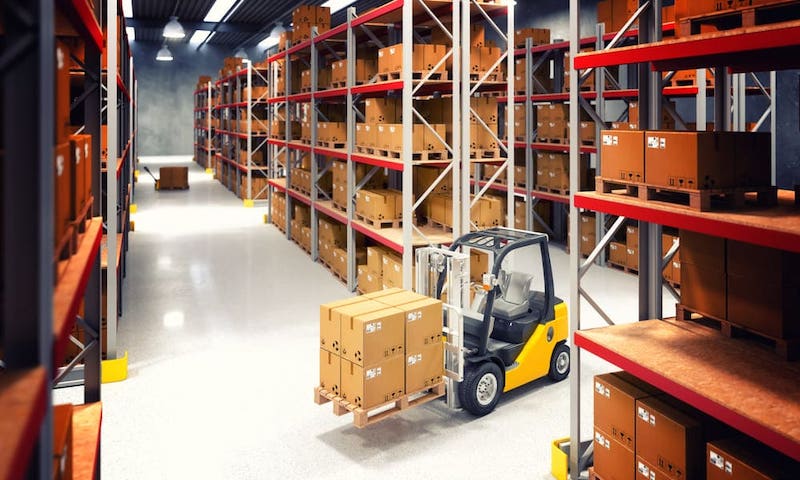
Storing
Did you know that warehouses that employ management systems and Geolocation services, along with AI algorithms, are 7x more efficient than their peers? One of the reasons is that this type of system routes goods into storage depending on their rate of shipment. Goods that are always in demand are moved closer to sorting and delivery. Something as simple as that, which the software picks up automatically, can shift the way your warehouse works. And that’s just the tip of the iceberg when it comes to the critical steps today’s tech can improve.
Order Picking
Today workers can use drones, light directed – pick-to-light systems, Voice directed warble headsets and even AR glasses for order picking. This frees up hands, allows workers to move faster and more efficiently around your warehouse, and automates almost everything. It also, since most systems are supervised by AI tools, makes order picking less error-prone.
Sorting
E-commerce has made sorting one of the most important steps in a supply chain. Why? Because how you sort will ultimately lead to how fast you can deliver items. Today, automation services can boost these essential steps — they can integrate such cutting-edge tools as robotic sortation, ASRS sortation, put walls, and autonomous vehicles which are good for heavy, single-SKU products.
Shipping & Delivery
Warehouse delivery drones, Smart pallets, inventory bots, AI software, location tracking, wireless sensors, and autonomous trucks — are just some of the innovations that are either changing shipping and delivery for most warehouses or are about to in the near future.
Improving warehouse operations
As of 2022, more than 80% of warehouses have no automation services whatsoever. Yet, due to the increase in demand, most managers expect to increase, by at least, 52% their material handling costs. They are expected to grow bigger, more complex, and clunkier as the days go by. In the next 5 years, it is estimated that warehouses without any automation services – or those that lack modern tech – will have to employ over 53.7% more workers for manual labor — ultimately bulking up their operating costs.
Make sure to contact SRSI at [email protected] to improve your warehouse operations.
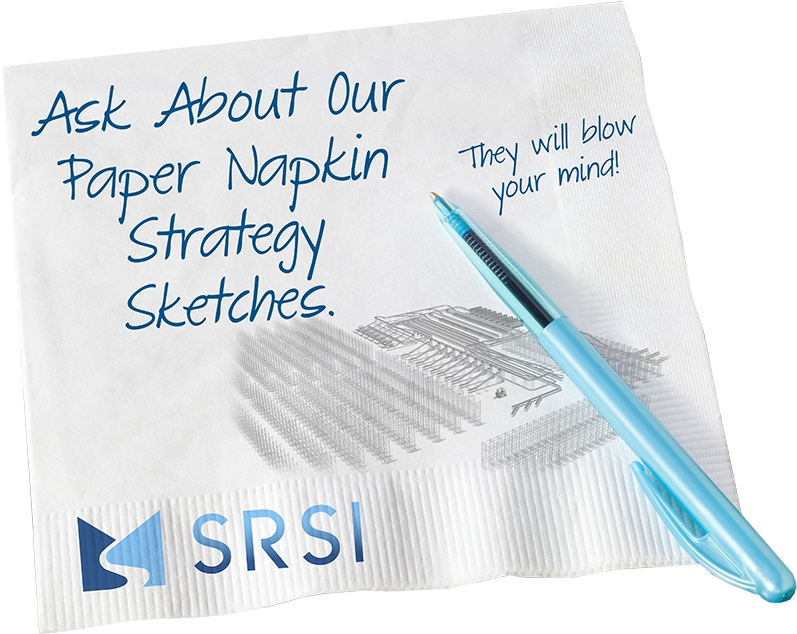 Skip to main content
Skip to main content

